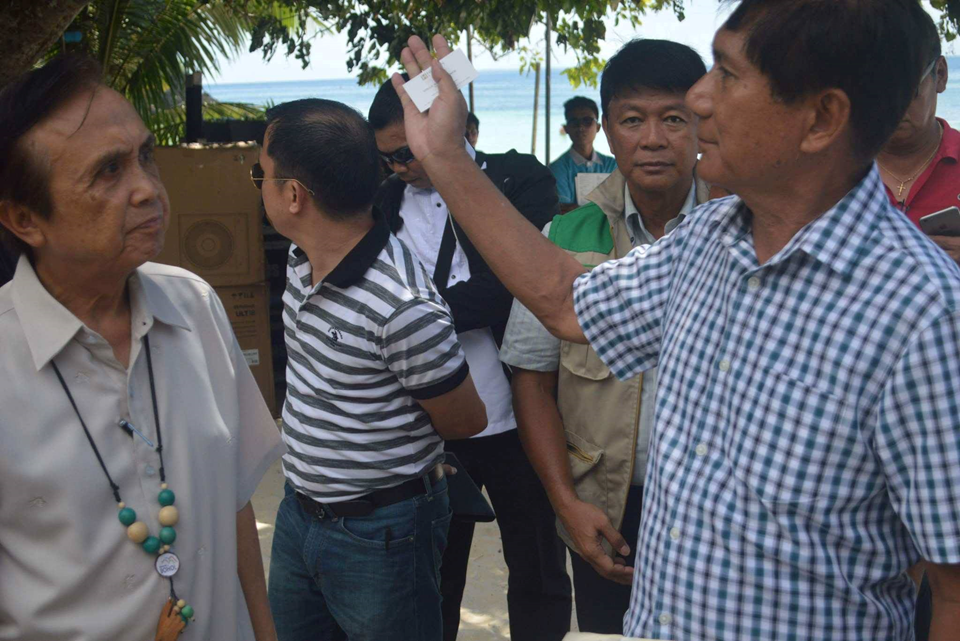Bohol may be confronted with a ticking water supply time bomb if the pumping of water from groundwater sources continues unabated.
Despite the abundance of water sources from rivers, falls and springs in the province of Bohol, unbridled extraction of groundwater by several water providers and the Local Government Units (LGU) has been “prevalent.”
This was the apprehensive observation shared by National Economic and Development Authority (NEDA) Socioeconomic Planning Secretary Ernesto M.Pernia with Roy A. Cimatu, Secretary of the Department of Environment and Natural Resources (DENR) over the dire consequences of the unregulated groundwater extraction “with water becoming scarcer” as the local economy is going through a vigorous growth.
In his letter to Cimatu on January 15, 2020, Pernia pushed to “strongly enforce the Water Code and all other existing rules and regulations on the extraction of groundwater especially in Panglao and the province in general and the country as a whole.”
Pernia also raised red flags that “groundwater extraction creates an indelible impact on the geological integrity of the lands,” especially in earthquake-prone areas.
SURFACE WATER
Pernia cited the recommendation by the Mines and Geosciences Bureau (MGB) of the DENR that the sources of water supply should be drawn out from any available river, falls or spring to ensure sustainable, effective and equitable water supply.
In the wake of the devastating October 15, 2013 earthquake that struck Bohol with a force measured at 7.2 magnitudes, the Mines and Geosciences Bureau of the DENR recommended that water extraction activity should be regulated and sources of water supply should be drawn out from any available river, falls or spring to ensure sustainable, effective and equitable water supply.
CHEAP BUT UNSUSTAINABLE
The island of Panglao has been the business magnet of water suppliers as the start of the operation of the Bohol Panglao International Airport located in the municipality of Panglao and the rising number of tourism-related infrastructures spilling over its neighboring town of Dauis spurred a booming economy in need of adequate water supply.
Presently there are five major water suppliers mostly concentrating on the island of Panglao which has a total population of 79,216 comprising the towns of Daius – 45,663 and Panglao 33,553, according to the 2015 census.
Bohol Water Utilities Inc. and South Balibago Resources, Inc. -Bohol Branch source its water supply from groundwater sources from Corella while Abejo Waters Corporation and Mactan Rock Industries, Inc. utilize technology that processes brackish groundwater into clean water. Both sources their supply from wells dug in Panglao.
Only Boholano-owned Richli Corporation sources its water from excess water flowing from the Malingin River located in Barangay Patrocinio, Cortes, Loctob Spring, Barangay Gotozon, Loboc and several river sources in the province.
The majority of LGU’s desperately seeking to supply the water needs of their constituents has embarked in water digging activities as stop-gap measures even as financial constraints and lack of water sources proved as major stumbling blocks in their water development plans.
According to Pernia, to encourage and promote sourcing water supply from rivers, falls and springs the use of groundwater, though cheaper but environmentally deleterious and unsustainable should be curtailed.
“The entry of investors in piped water cannot be incentivized if cheaper groundwater is made available,” said Pernia. (Chito M. Visarra)

